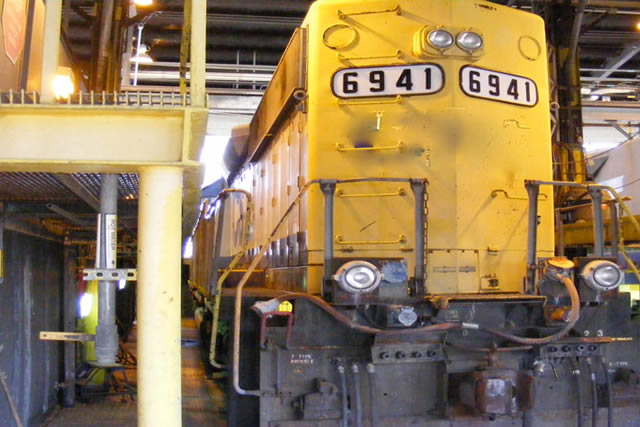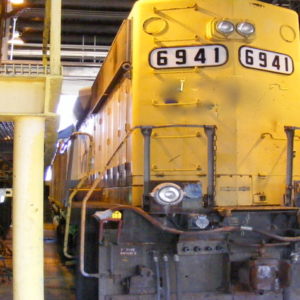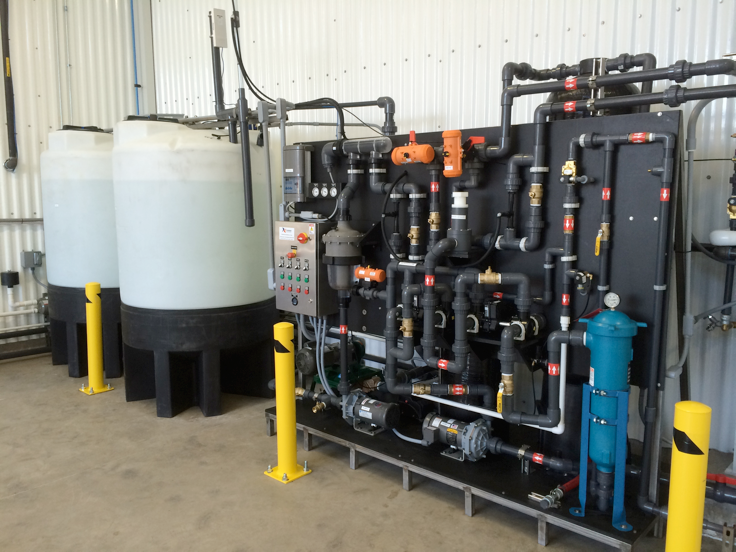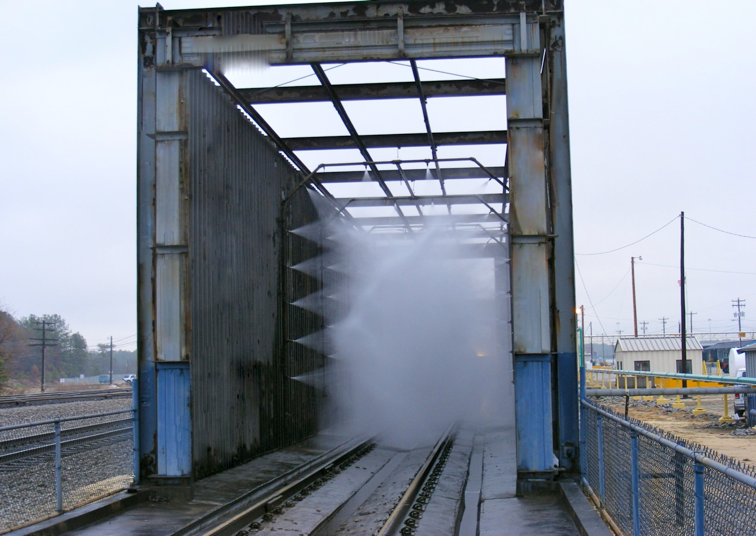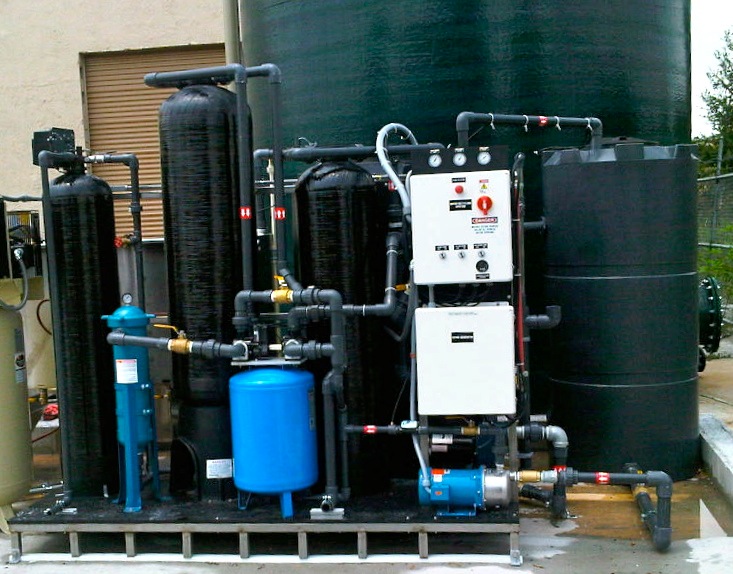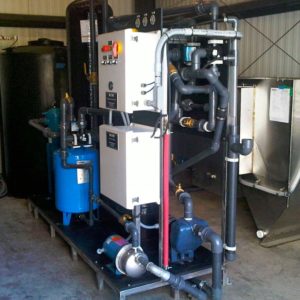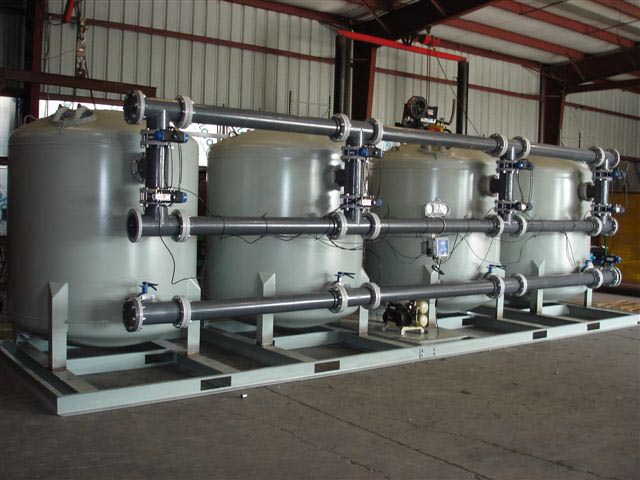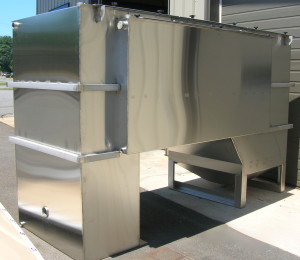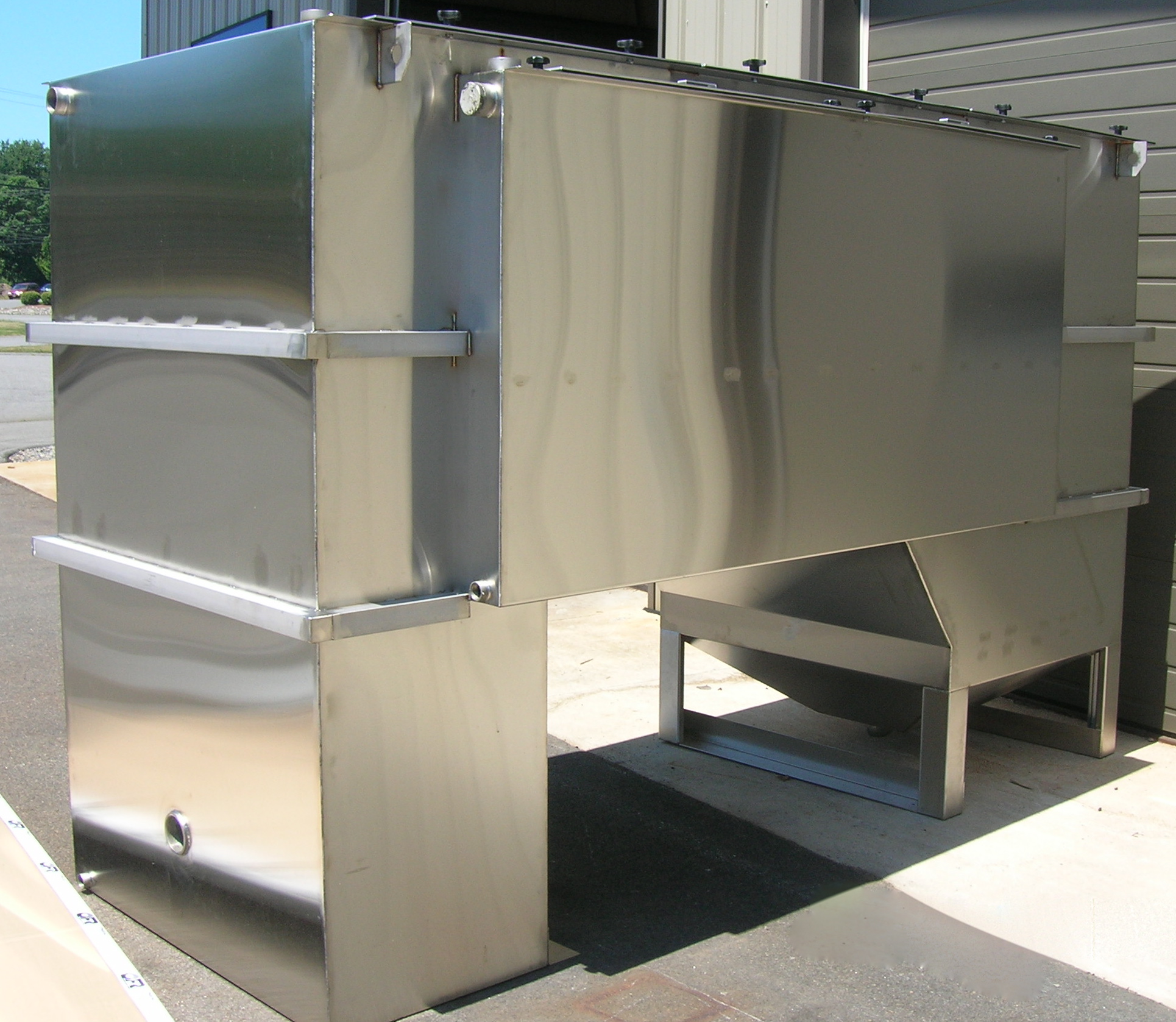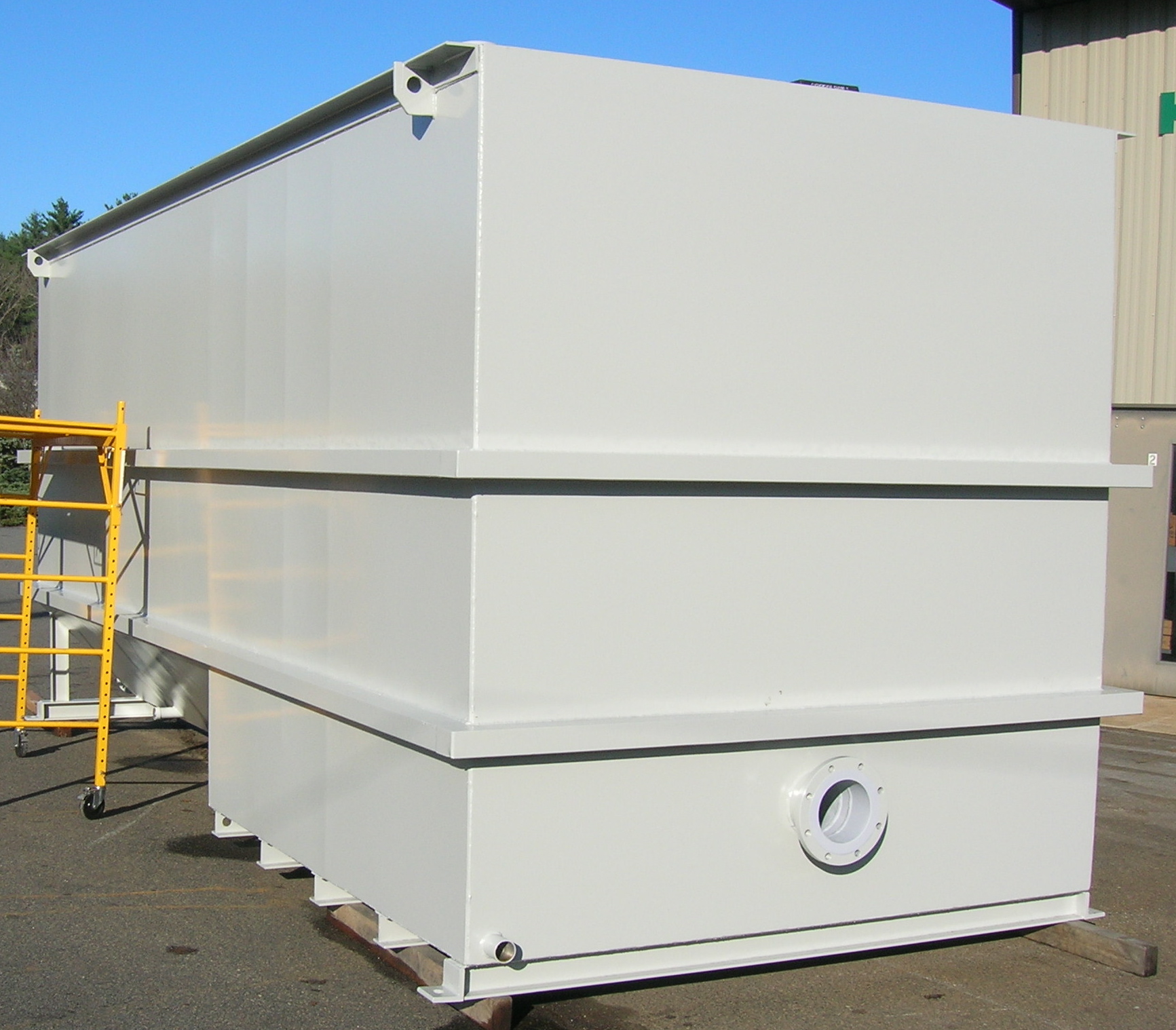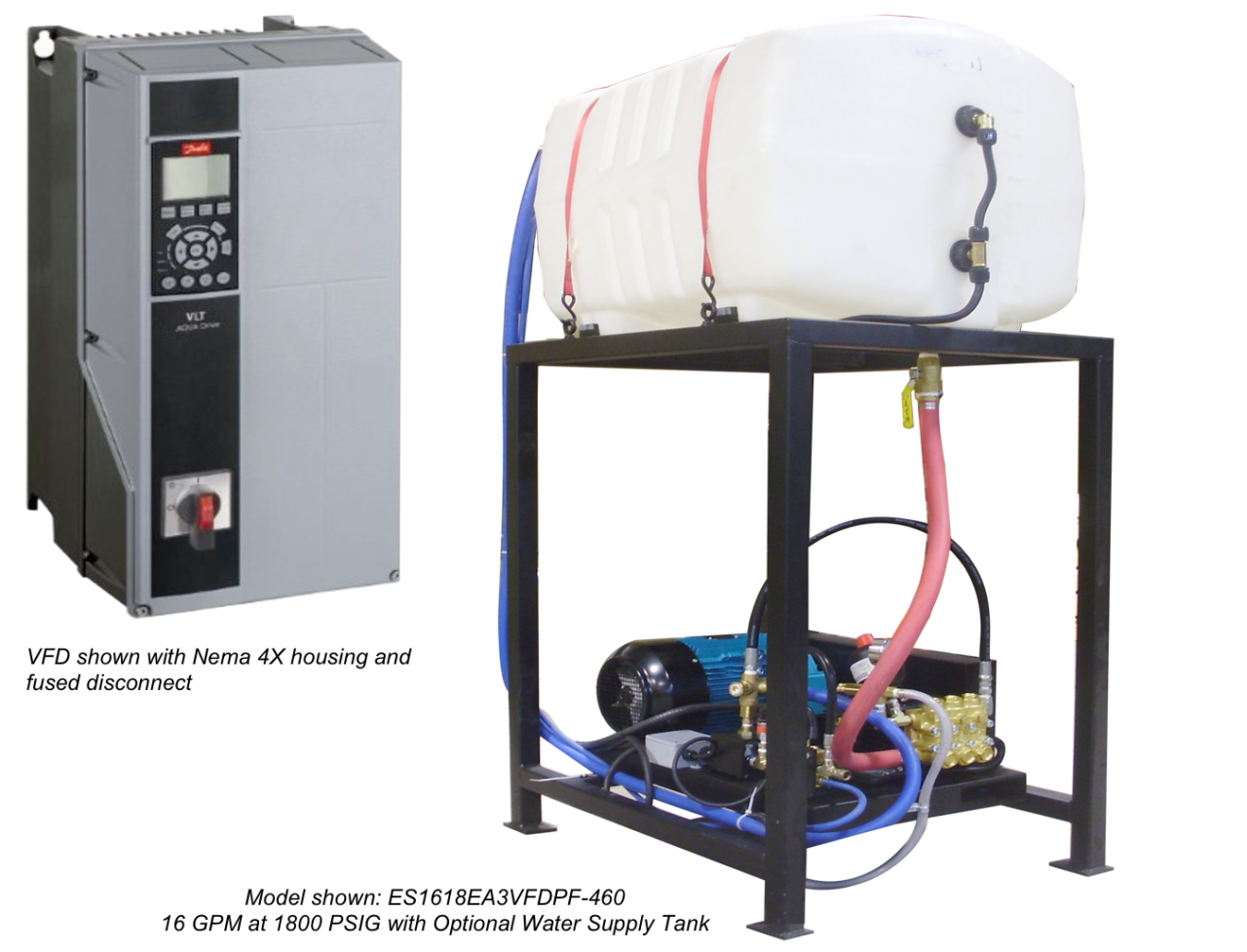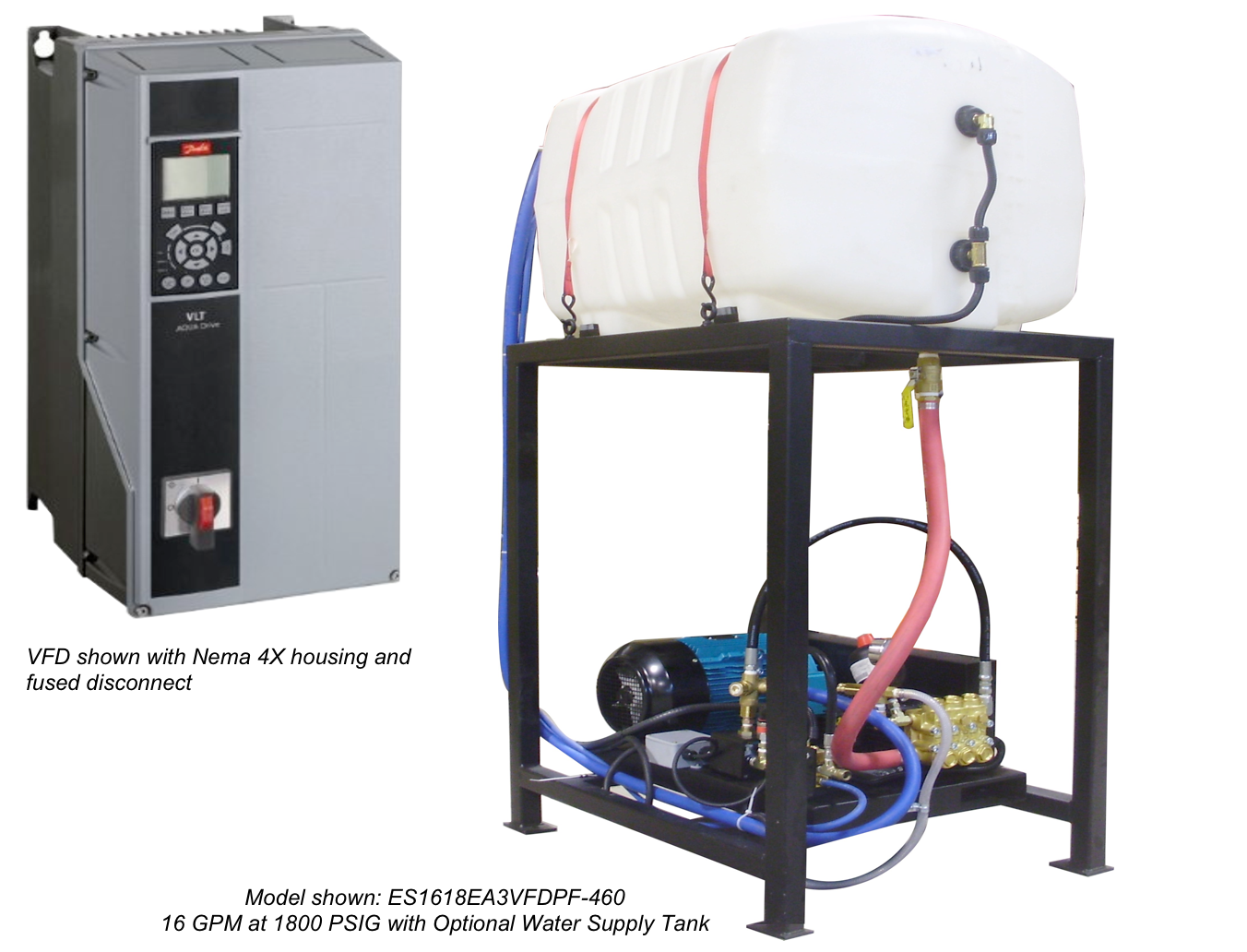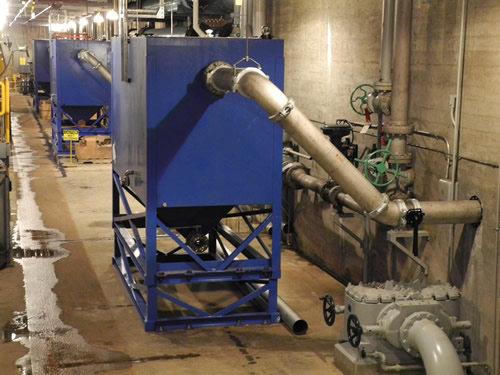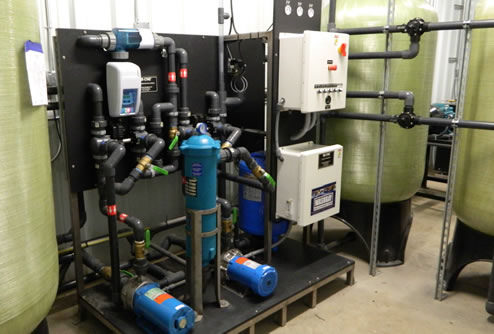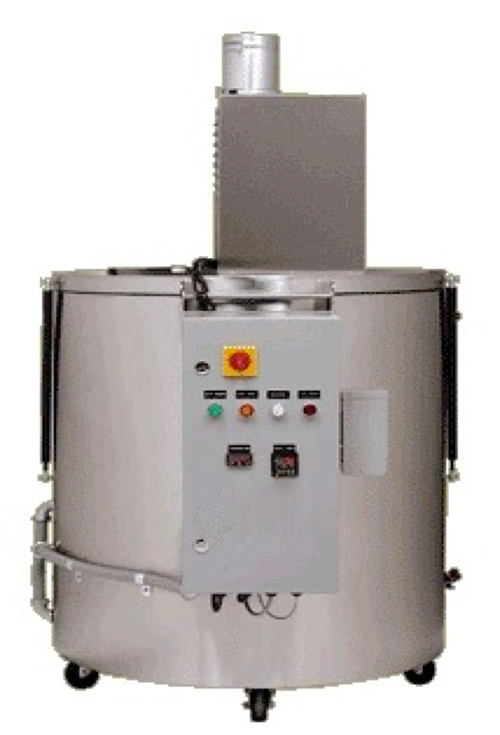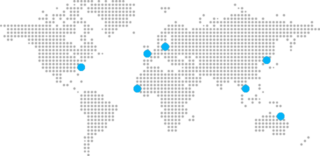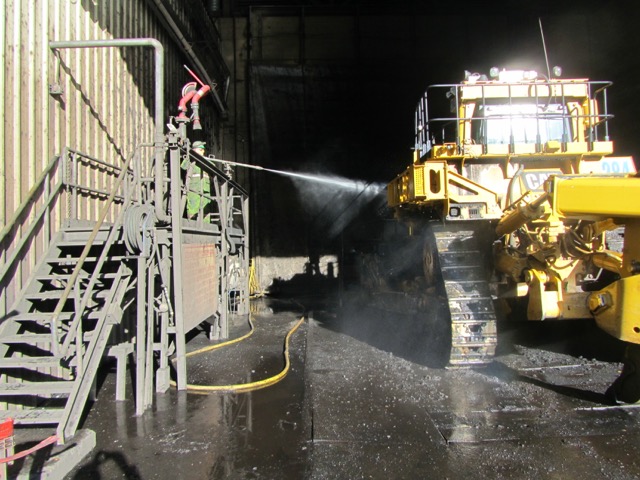
Get the power of a fire hose with a fraction of the water usage!
Robustly designed for heavy industrial applications such as mining and oilfield services, our MM Series Mighty Monitors are great for cleaning large haul trucks, steel tracked vehicles or any heavy equipment caked with mud, clay, ice, grass or muck.
For drilling and construction equipment applications, our 20 gpm Mighty Monitor system cleans quickly and effectively, in half the time of a typical pressure washer.

For mining applications, we have developed a revolutionary heavy-duty Mighty Monitor system to replace the standard high volume water cannons that have been used for decades. Our systems combine increased pressure and specialized nozzles to ensure a quality wash. Using only 60 gpm of reclaimed water, our Mighty Monitors will effectively remove heavy accumulations of dirt and mud – saving thousands of gallons of water per cleaning.
Fast and effective cleaning while saving time, water and water treatment costs – a win-win-win situation!
Mighty Monitor System Features:
- 20-60 GPM Capacities
- Uses only a fraction of water used in traditional water monitors or water cannons
- Emergency Stop System
- NEMA 4X Control Panel
- High-Efficiency Diaphragm or Multi Stage Pumps
- Pressure Gauge
- Handheld Stream-to-Cone Gun & Wand
- Trolley-mounted Multi-directional Stream-to-Cone Gun & Wand
- Can use fresh or recycled water
- Reduces the amount of water to be treated
Mighty Monitor System Options:
- UL Listings
- Remote Motor Controls
- Optional Heating Systems
- Optional VFD Systems
- Optional Automated Wash Monitors
- Industrial Grade Hose Reels and Stands
MIGHTY MONITOR SYSTEM SPECIFICATIONS
| MODEL
|
MM-20/1000 | MM-30/60/1000 |
| FLOW RATE, GPM | 20 | 30 & 60 |
| PRESSURE, MAX, PSI | 1000 | 1000 |
| MOTOR, HP | 15 | 2 @ 30 |
| PUMP TYPE | DIAPHRAGM | DUAL PUMP DIAPHRAGM |
| CONTROLS | MANUAL/REMOTE | MANUAL/REMOTE/VFD/ROBOTIC/PLC |
| GUN & WAND | HAND-HELD STREAM-TO-CONE | TROLLEY-MOUNTED MULTI-DIRECTIONAL STREAM-TO-CONE |
| HOSE | 75’ @ ¾” | ¾”D, LENGTH DESIGNED TO FACILITY LAYOUT |
| ELECTRIC | 208/480/575 V 3 PH 50/60 HZ | 208/480/575 V 3 PH 50/60 HZ |
| APPROXIMATE DIMENSIONS | 18” W x 60” L x 24” H | 36” W x 60” L x 24” H |
Give us a call for more product information – 800-453-8639


